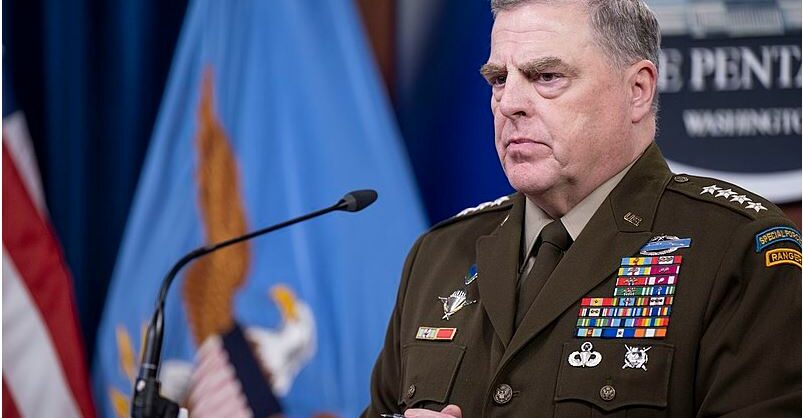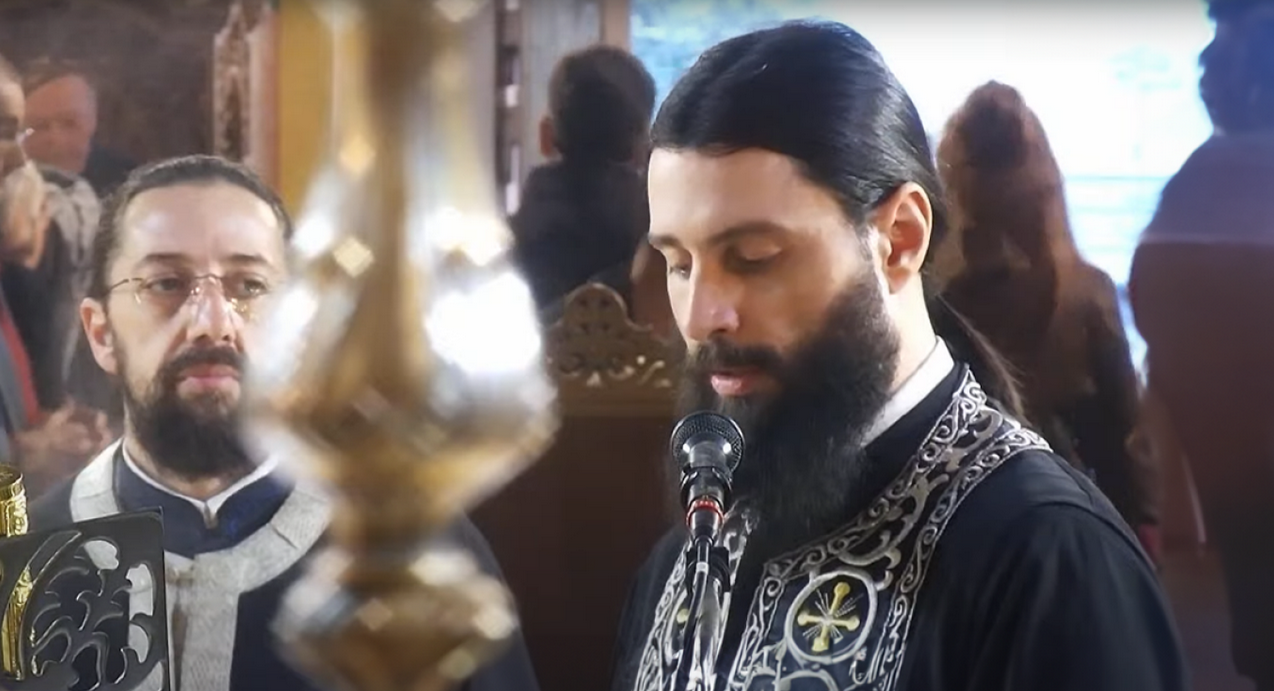On Saturday, as U.S. officials and their foreign allies scrambled to understand how dozens of classified intelligence documents had ended up on the internet, they were stunned — and occasionally infuriated — at the extraordinary range of detail the files exposed about how the United States spies on friends and foes alike.
The documents, which appear to have come at least in part from the Pentagon and are marked as highly classified, offer tactical information about the war in Ukraine, including the country’s combat capabilities. According to one defense official, many of the documents seem to have been prepared over the winter for Gen. Mark A. Milley, chairman of the Joint Chiefs of Staff, and other senior military officials, but they were available to other U.S. personnel and contract employees with the requisite security clearances.
Other documents include analysis from U.S. intelligence agencies about Russia and several other countries, all based on information gleaned from classified sources.
The series of detailed briefings and summaries open a rare window on the inner workings of American espionage. Among other secrets, they appear to reveal where the CIA has recruited human agents privy to the closed-door conversations of world leaders; eavesdropping that shows a Russian mercenary outfit tried to acquire weapons from a NATO ally to use against Ukraine; and what kinds of satellite imagery the United States uses to track Russian forces, including an advanced technology that appears barely, if ever, to have been publicly identified.
Officials in several countries said that they were trying to assess the damage from the disclosures, and many were left wondering how they had gone unnoticed for so long. Photographs of at least several dozen pages of highly classified documents, which looked to have been printed and then folded together into a packet, were shared on Feb. 28 and March 2 on Discord, a chat platform popular with gamers. The documents were shared by a user to a server called “Wow Mao.”
Some of the documents appear to be detailed Ukraine battlefield assessments prepared over the winter for senior Pentagon leaders. But officials only became aware that the documents were sitting on a public server around the time that the New York Times first reported the leak, on Thursday, according to people familiar with the matter, who spoke on the condition of anonymity to describe an unfolding investigation.
Senior Pentagon leadership restricted the flow of intelligence Friday in response to the revelations, two U.S. officials said. One described the clampdown as unusually strict and said it revealed a high level of panic among Pentagon leadership.
A European intelligence official worried that if Washington restricts allies’ access to future intelligence reports, it could leave them in the dark. Many of the leaked documents are labeled “NOFORN,” meaning they cannot be released to foreign nationals. But others were cleared to be shared with close U.S. allies, including the Five Eyes alliance of the United States, Britain, Canada, Australia and New Zealand. U.S. intelligence about British and Canadian activities is contained in some of the documents, suggesting that the fallout from the leaks will not be limited to the United States.
“We need to manage this well both internally and externally,” a second defense official said. “There are lot of institutions and agencies involved.”
The Justice Department has opened an investigation into the leak. A spokeswoman for Discord, where the earliest known copies of the images were posted, declined to comment.
The full extent of the leak was unclear. The second defense official said that what had appeared online was likely the result of a single disclosure from one tranche of documents, but officials were not yet certain of that.
more at washingtonpost.com




































